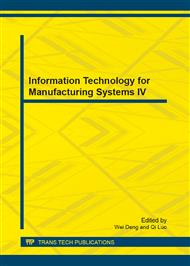p.10
p.16
p.23
p.29
p.34
p.40
p.46
p.50
p.56
Electromagnetic and Vibration Analysis of In-Wheel Switched Reluctance Motor with Notches and Projections for Electric Vehicle Applications
Abstract:
With the demand for fuels to cater the needs of day to day usage of vehicles, the best alternative solution is to use electric vehicles. In-wheel Switched Reluctance Motor (SRM) is the best direct drive motor used in electric vehicles owing to its low cost, simplicity, high torque to inertia ratio. Vibration is a major problem which causes acoustic noise. This paper deals with the design and analysis of In-wheel Switched Reluctance Motor which produces high average torque with low vibration. The above desired performance of In-wheel SRM can be obtained by modifying the stator and rotor pole shapes of In-wheel SRM with notches and projections. Electromagnetic analysis of 3 phase 6/8, 1500 rpm In-wheel SRM is done by FEA based CAD package MagNet. Average torque and Torque ripple is obtained from the static torque characteristics. 3D structural FE analysis is done to obtain the modal frequencies of In-wheel SRM. Ansys 14.0 aids in the Structural FE analysis. The performance of modified In-wheel SRM is compared with the conventional In-wheel SRM. The results conclude that the modified In-wheel SRM is superior than the conventional In-wheel SRM in terms of high average torque and low vibration.
Info:
Periodical:
Pages:
34-39
Citation:
Online since:
September 2013
Authors:
Price:
Сopyright:
© 2013 Trans Tech Publications Ltd. All Rights Reserved
Share:
Citation:


